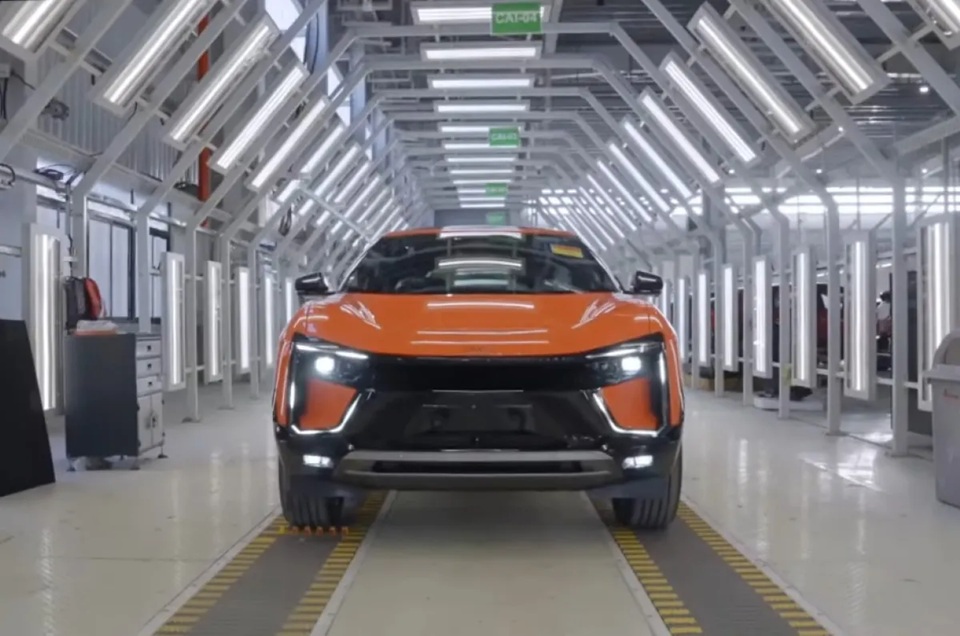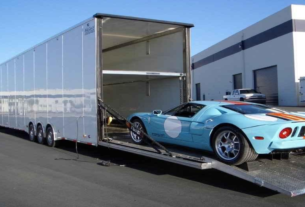
The Hidden Powerhouse: Why AMT Precision Parts Are Driving the $2.4 Trillion Global Manufacturing Economy
The aircraft engine that safely carried 300 passengers from London to Singapore yesterday relied on thousands of AMT precision parts, each manufactured to tolerances measured in microns—a testament to an industry that operates largely unseen yet underpins virtually every aspect of modern life. These components don’t make headlines, but they make everything else possible.
In boardrooms across the world, executives are grappling with a stark reality: the difference between success and catastrophic failure often comes down to precision parts that most people never see. A medical device that fails. A satellite that loses orbit. A production line that stops dead. The consequences ripple through supply chains, affecting millions of jobs and billions in revenue.
The Unforgiving Mathematics of Modern Manufacturing
Precision manufacturing operates in a world where failure isn’t just expensive—it’s often deadly. Consider the numbers that define this industry: tolerances measured in thousandths of millimetres, surface finishes smoother than a mirror, and dimensional accuracy that makes a human hair seem thick as rope.
The stakes have never been higher. Global supply chains demand components that function flawlessly across temperature extremes, corrosive environments, and mechanical stresses that would destroy ordinary materials. There’s no room for “almost right” when lives and livelihoods hang in the balance.
Modern precision parts must meet increasingly demanding specifications:
• Dimensional accuracy: Tolerances as tight as ±0.001mm
• Surface finish: Roughness measurements in nanometres
• Material properties: Consistent performance across extreme conditions
• Traceability: Complete documentation from raw material to final inspection
• Reliability: Zero-defect performance over extended service life
Where Precision Meets Reality
The automotive industry illustrates the brutal economics of precision manufacturing. A single recalled component can cost manufacturers hundreds of millions of pounds. The aerospace sector operates under even stricter requirements—one failed part can ground entire fleets and destroy reputations built over decades.
In medical device manufacturing, the standards reach almost absurd levels of precision. Surgical instruments must maintain their edge after thousands of uses. Implantable devices must function flawlessly for decades inside the human body. Drug delivery systems must dispense exact dosages with mathematical certainty.
The oil and gas industry presents its own challenges. Components operating kilometres below the sea floor face pressures that would crush submarines and temperatures that melt steel. Every seal, valve, and bearing must perform without fail—because there are no second chances in deep-water drilling.
Singapore’s Strategic Mastery
Singapore has emerged as a global centre for precision manufacturing, leveraging its strategic position and technical expertise to dominate high-value sectors. The city-state’s approach combines advanced technology with rigorous quality systems, creating a manufacturing ecosystem that sets global standards.
Dr. Sarah Lim, Director of Precision Engineering at Singapore’s Advanced Manufacturing Institute, explains the country’s approach: “Singapore’s investment in AMT precision parts manufacturing represents more than industrial policy—it’s our strategic response to global competition. We’ve built capabilities that combine Swiss-level precision with Asian efficiency, creating value that simply cannot be replicated elsewhere.”
This commitment extends beyond rhetoric. Singapore’s precision manufacturing sector employs over 150,000 workers and generates billions in export revenue. The country’s manufacturers supply critical components to industries worldwide, from semiconductor fabrication to aerospace assembly.
The Technology Revolution Nobody Sees
Behind the precision parts revolution lies a confluence of technologies that would have seemed impossible just two decades ago. Computer-controlled machines operate with accuracy that exceeds human capability by orders of magnitude. Laser measurement systems can detect variations smaller than a bacterium. Quality control systems monitor every aspect of production in real-time.
The human element remains crucial, but it has evolved. Today’s precision machinists are part engineer, part computer programmer, and part detective. They must understand not just how to operate sophisticated equipment, but how to optimise processes, interpret data, and solve problems that have never been encountered before.
Economic Forces Reshaping the Industry
The precision parts industry faces relentless pressure from multiple directions. Customers demand ever-tighter tolerances whilst expecting shorter delivery times and lower costs. Environmental regulations require new materials and processes. Geopolitical tensions disrupt established supply chains.
Companies that survive and thrive in this environment share common characteristics. They invest heavily in technology and training. They maintain obsessive focus on quality. They build relationships based on trust and performance rather than just price. Most importantly, they understand that precision manufacturing is ultimately about reducing risk for their customers.
The Human Cost of Imperfection
The consequences of imprecise manufacturing extend far beyond corporate balance sheets. The Challenger disaster. Bridge collapses. Medical device recalls that affect thousands of patients. Each represents a failure in precision—a tolerance missed, a specification ignored, a quality check bypassed.
These tragedies serve as constant reminders of why precision matters. They explain why engineers spend years developing components that may never fail. They justify the investment in equipment, training, and systems that seem expensive until something goes wrong.
The Invisible Foundation of Tomorrow
As artificial intelligence, electric vehicles, and renewable energy reshape the global economy, the demand for precision parts will only intensify. Each new technology requires components that push the boundaries of what’s possible. Electric vehicle batteries need precision-manufactured cells. Wind turbines require bearings that operate flawlessly for decades. Quantum computers demand components manufactured to atomic-level precision.
The companies and countries that master these capabilities will control the commanding heights of the 21st century economy. They will supply the components that make everything else possible, remaining invisible to consumers but indispensable to progress. This is the enduring power and promise of AMT precision parts.








